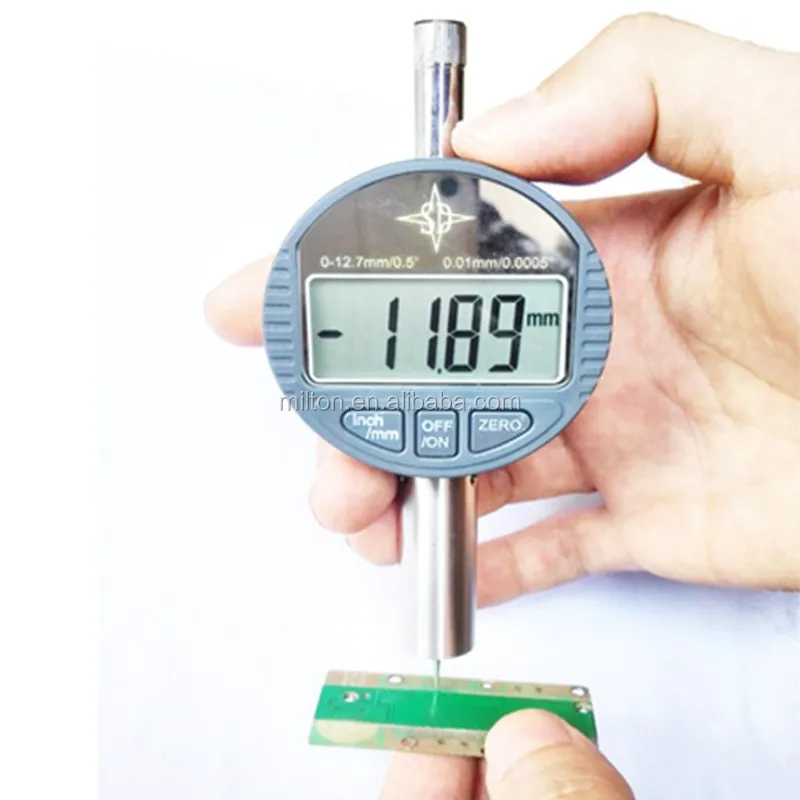
Your state government probably maintains a database of drillers' logs that have water levels recorded when a well was drilled, and hydrologic consultants often have reports that contain water level data from shallow boreholes.Ĭonsulting any or all of these sources is a good first step in finding out the depth to the water table. For measuring the depth to water in wells, boreholes, standpipes, and tanks, Solinst Model 101 Water Level Meters are the industry standard for portable. The Groundwater database consists of more than 850,000 records of wells, springs, test holes, tunnels,drains, and excavations in the United States.Use their Data Portal to zoom in to your area of interest and click on any site. The National Groundwater Monitoring Network is a compilation of groundwater monitoring wells from federal, state, and local groundwater networks across the nation.This method uses a 100-foot steel measuring tape with a lead weight attached to the end. To use this method you need to know the approximate depth of the water in your well. Click on any red groundwater pin to access the data (need to zoom in to change the dots to pins). This method is best for measuring shallower wells. A convenient way to find data for your area is by using the NWIS Mapper and selecting "Groundwater Sites" in the menu on the left. The Model 101 Water Level Meter first gained popularity among professionals in the United States for its robust design, stretch-resistant tape and special markings in feet and tenths of feet (now 1/100 ft.). The USGS National Water Information System (NWIS) has depth-to-water measurements made in the present and the past.


The most reliable method of obtaining the depth to the water table at any given time is to measure the water level in a shallow well with a tape. If no wells are available, surface geophysical methods can sometimes be used, depending on surface accessibility for placing electric or acoustic probes.ĭatabases containing depth-to-water measurements can also be helpful, though they don't always have current data: A depth gauge typical refers to is a precision measurement instrument that is used by mechanical engineers, manufacturing engineers, and machinists among others, to accurately obtain the measurement of the depth of a bored cavity, recess, hole, groove or other similar openings that were created below the surface level of a material. When water-loving plants start to grow again in the spring and precipitation gives way to hot, dry summers, the water table falls because of evapotranspiration. During the late winter and spring when accumulated snow starts to melt and spring rainfall is plentiful, water on the surface infiltrates into the ground and the water table rises. The depth to the water table can change (rise or fall) depending on the time of year.


 0 kommentar(er)
0 kommentar(er)
